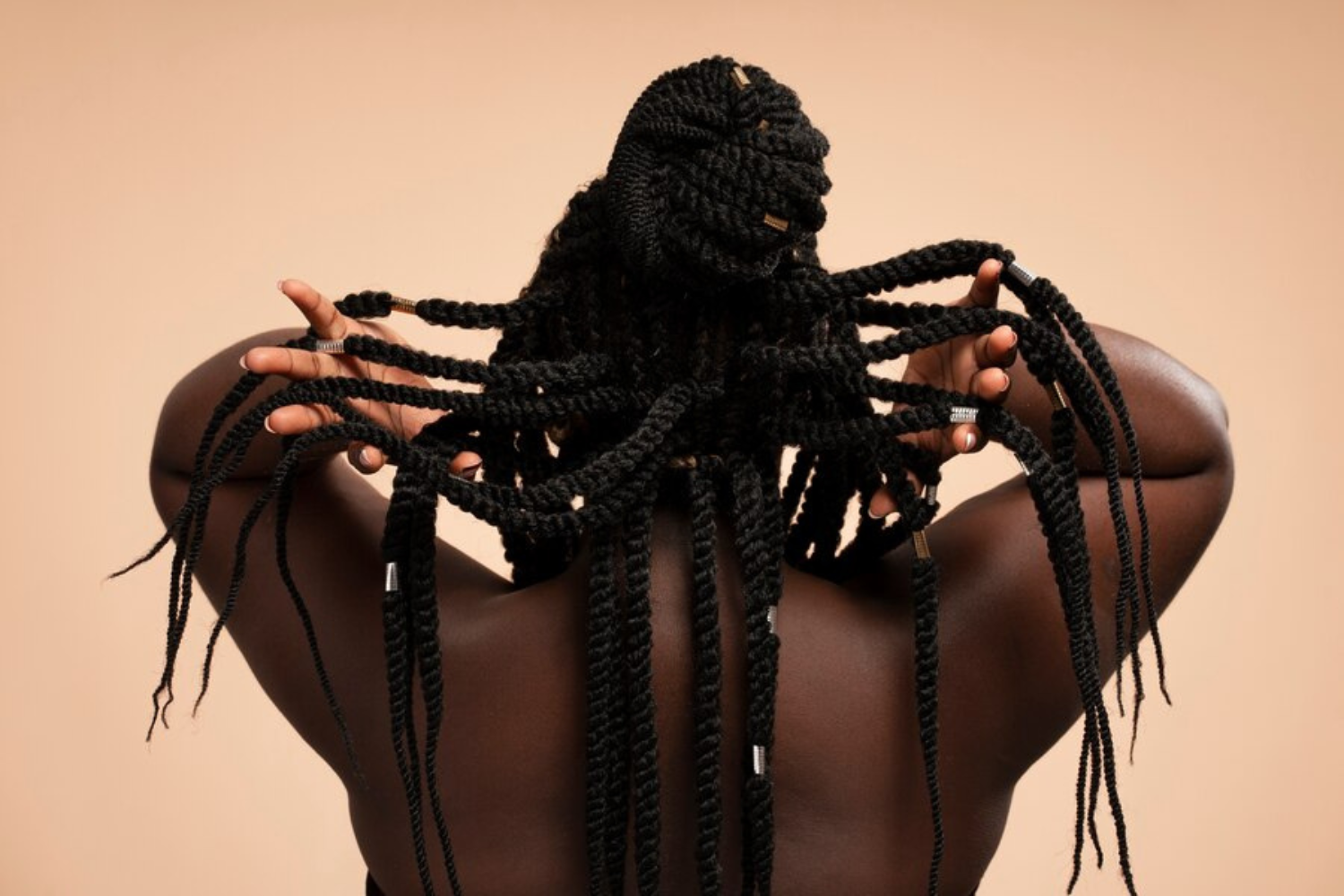Exploring the Key Differences Between Twists and Braids
When it comes to hairstyles, twists and braids are often mentioned in the same breath. While they may look similar at first glance, there are some key differences between twists and braids.
Let’s explore these differences of twists and braids to understand what sets them apart.

Structure: Braids Follow a Pattern, Twists Are Loosely Wound
One of the main differences between twists and braids lies in their structure. Braids involve weaving sections of hair together in a specific pattern, creating a tight and uniform look. On the other hand, twists are formed by loosely winding two sections of hair around each other, resulting in a more relaxed and textured appearance. This fundamental difference in structure gives each style its unique character and aesthetic.
Technique: Braids Require Crossing Over, Twists Involve Wrapping
The techniques used to create twists and braids also differ significantly. When braiding, you cross one section of hair over another in a precise pattern, repeating the process until the braid is complete. Twists, on the other hand, involve simply wrapping two sections of hair around each other without any crossing over. This difference in technique results in distinct textures and visual effects for each style.
Tightness: Braids Are Firmly Secured, Twists Are More Flexible
Another key difference between twists and braids is the level of tightness. Braids are typically tightly secured against the scalp, making them ideal for creating sleek and polished looks. Twists, on the other hand, are more flexible and can be adjusted to varying degrees of tightness, allowing for a looser and more casual appearance. This difference in tightness gives each style its own unique feel and versatility.
Durability: Braids Last Longer, Twists Are More Temporary
In terms of durability, braids tend to have the upper hand. Thanks to their tight structure and secure hold, braids can withstand longer periods without unraveling or becoming messy. Twists, on the other hand, may loosen more easily over time, especially if they’re not tightly secured. While both styles can be long-lasting with proper care, braids generally have a slight edge in terms of longevity.
Versatility: Braids Offer More Styling Options, Twists Have a Softer Look
When it comes to versatility, braids take the lead. From classic three-strand braids to intricate fishtail and Dutch braids, the possibilities are endless when it comes to styling braided hair. Braids can be worn in a variety of ways, including updos, ponytails, and even elaborate hairstyles for special occasions. Twists, while versatile in their own right, tend to have a softer and more relaxed look, making them perfect for everyday wear.
Appearance: Braids Have a Crisp Finish, Twists Have a Textured Look
Visually, braids and twists have distinct appearances that set them apart. Braids typically have a crisp and polished finish, with each section of hair neatly woven together. Twists, on the other hand, have a more textured and organic look, with the strands of hair winding around each other in a natural pattern. This difference in appearance gives each style its own unique charm and appeal.
Maintenance: Braids Require More Care, Twists Are Low-Maintenance
In terms of maintenance, braids generally require more care and upkeep compared to twists. Because braids are tightly secured against the scalp, they may need to be re-done or touched up more frequently to maintain their appearance. Twists, on the other hand, are more low-maintenance and can often be left untouched for longer periods without losing their shape. This difference in maintenance makes twists a popular choice for those seeking a hassle-free hairstyle.
Conclusion
In conclusion, while twists and braids may share some similarities, they each have their own distinct characteristics and appeal. From their structure and technique to their appearance and maintenance requirements, the differences between twists and braids are clear. Whether you prefer the sleek and polished look of braids or the relaxed and textured feel of twists, there’s a hairstyle to suit every taste and occasion.


